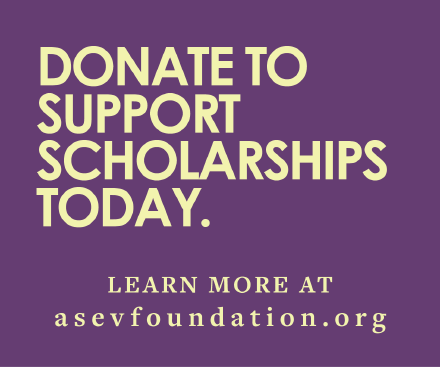Abstract
Fermentations of highly concentrated icewine juice (35 to 42 Brix) are often sluggish, taking months to reach the desired ethanol level, and usually have high levels of volatile acidity. Two yeast inoculum levels using commercially available strain K1-V1116 were investigated in sterile-filtered icewine juice: 0.2 g of active dried wine yeast/L and 0.5 g of active dried wine yeast/L. The fermentation kinetics of inoculating these levels directly into icewine juice after yeast rehydration, or conditioning these cells to the concentrated juice using a stepwise acclimatization procedure after rehydration before inoculation, were compared. The effect of adding a yeast micronutrient supplement during yeast rehydration was also assessed. Yeast inoculated at 0.2 g/L stopped fermenting before the required ethanol level was achieved regardless of the inoculation procedure, producing only 62.2 g/L (7.8% v/v) and 64.4 g/L (8.1% v/v) ethanol for the direct and stepwise acclimatized inoculations, respectively. At 0.5 g/L, the stepwise acclimatized cells fermented the most sugar, producing 95.5 g/L (12.0% v/v) ethanol, whereas the direct inoculum produced 82.0 g/L (10.5% v/v) ethanol. The addition of the yeast nutrient during yeast rehydration increased the rate of biomass accumulation, reduced the fermentation time, reduced the ethanol concentration in the icewines, and reduced the rate of acetic acid produced as a function of sugar consumed. There was no difference in acetic acid concentration in the final wines across all treatments.
Acknowledgments: This project was funded by NSERC research grant 238872-01 and NSERC strategic grant 246424-01. We would like to thank Inniskillin Wines for providing the Vidal icewine juice and Lallemand for providing K1-V1116 and GO-FERM®.
- Copyright 2004 by the American Society for Enology and Viticulture
Sign in for ASEV members
ASEV Members, please sign in at ASEV to access the journal online.
Sign in for Institutional and Non-member Subscribers
Log in using your username and password
Pay Per Article - You may access this article (from the computer you are currently using) for 2 day for US$10.00
Regain Access - You can regain access to a recent Pay per Article purchase if your access period has not yet expired.









